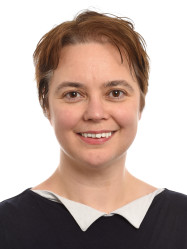BibTex format
@article{Ehsan:2022:10.1002/cbic.202200027,
author = {Ehsan, M and Wang, H and Katsube, S and Munk, CF and Du, Y and Youn, T and Yoon, S and Byrne, B and Loland, CJ and Guan, L and Kobilka, BK and Chae, PS},
doi = {10.1002/cbic.202200027},
journal = {ChemBioChem: a European journal of chemical biology},
pages = {1--8},
title = {Glyco-Steroidal Amphiphiles (GSAs) for membrane protein structural study},
url = {http://dx.doi.org/10.1002/cbic.202200027},
volume = {23},
year = {2022}
}

